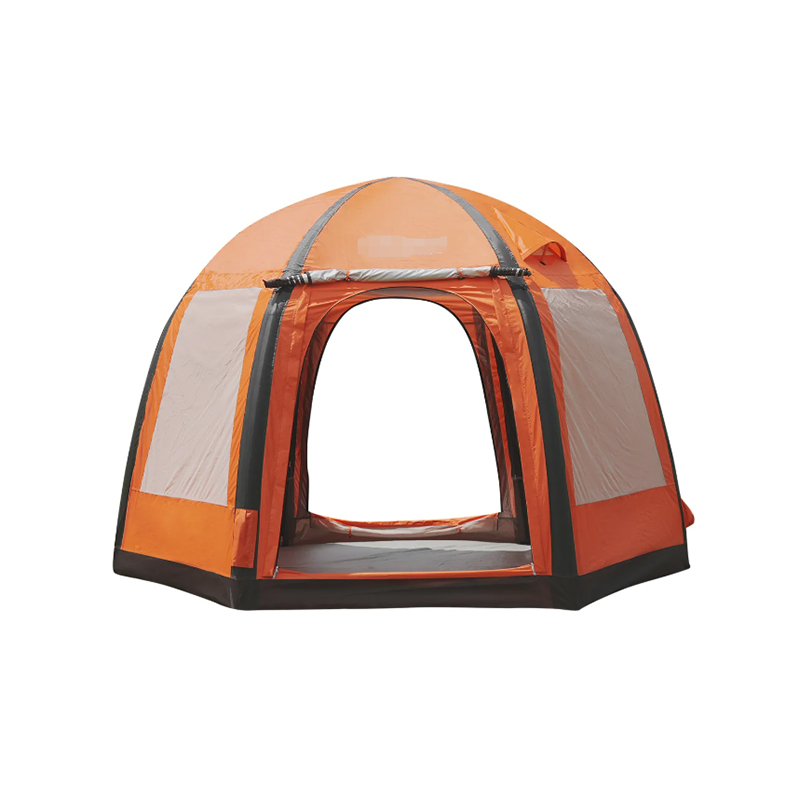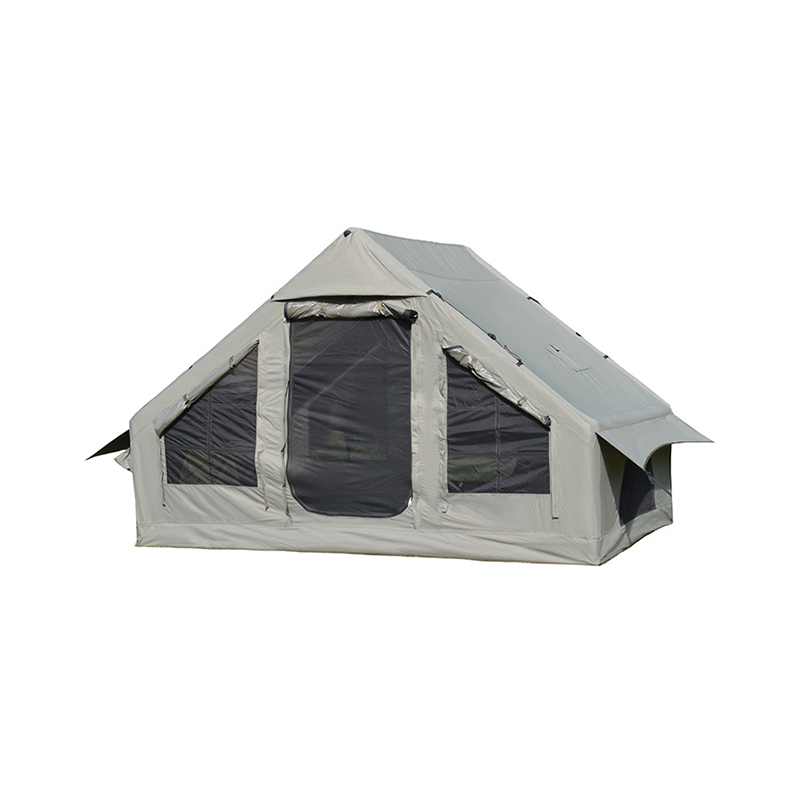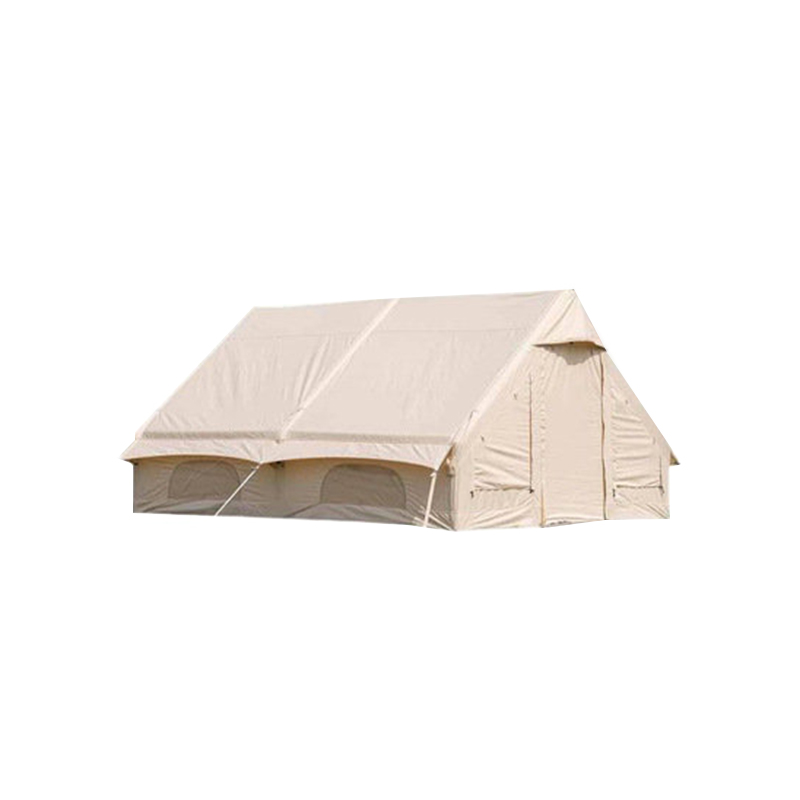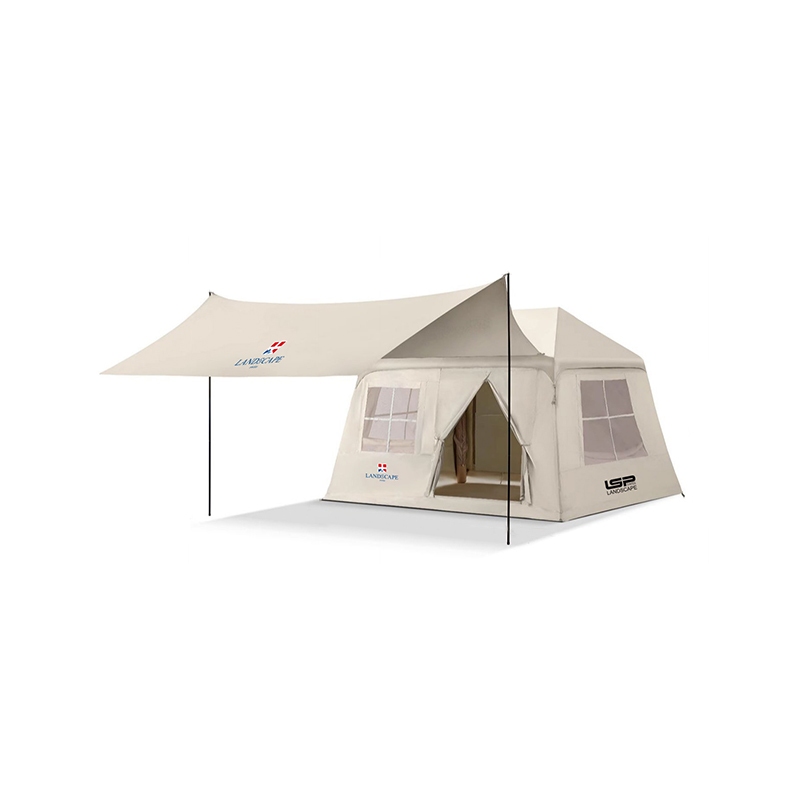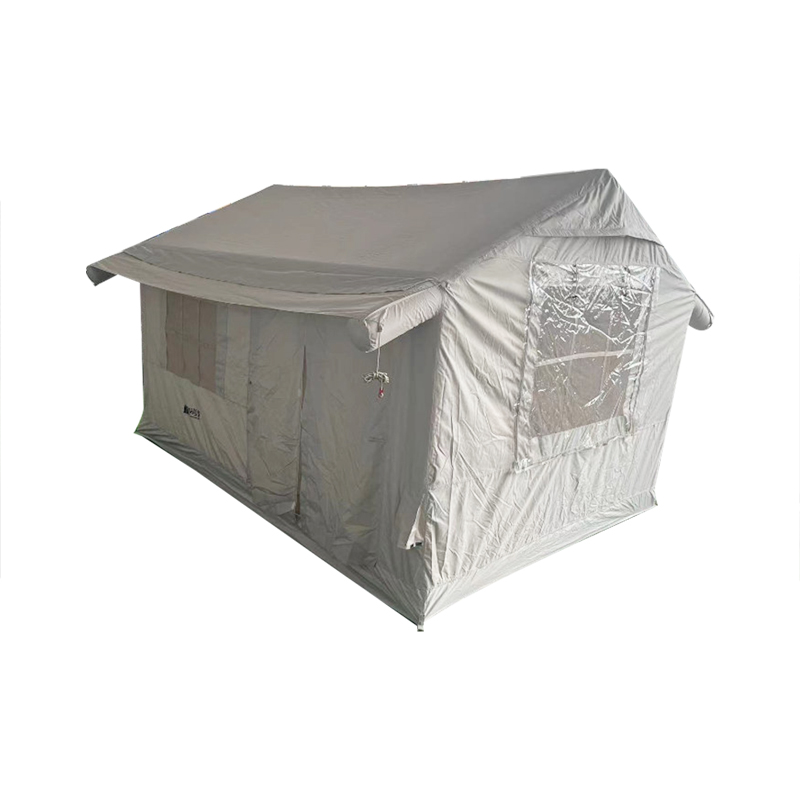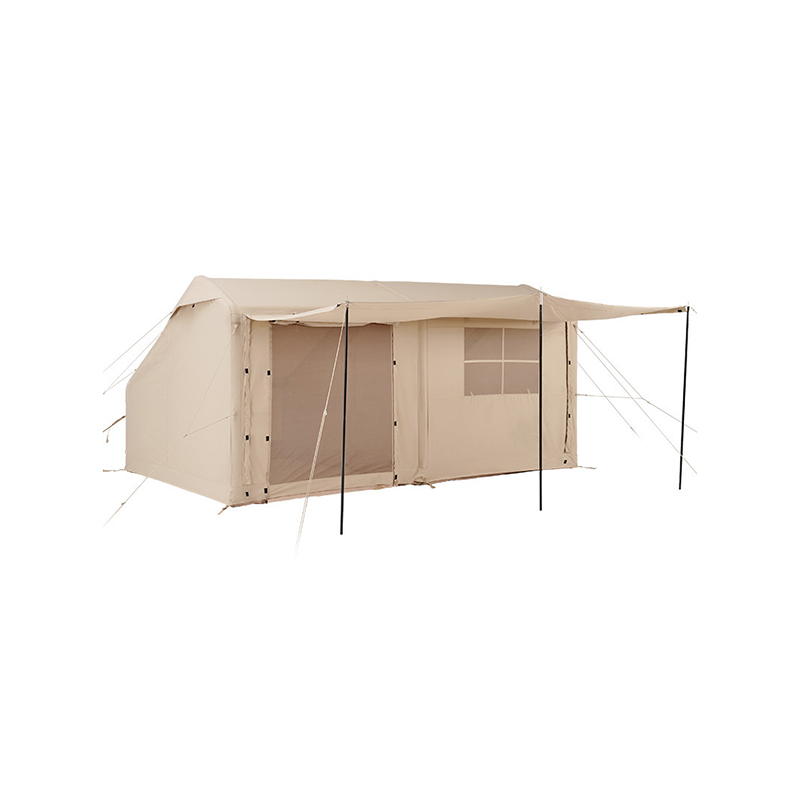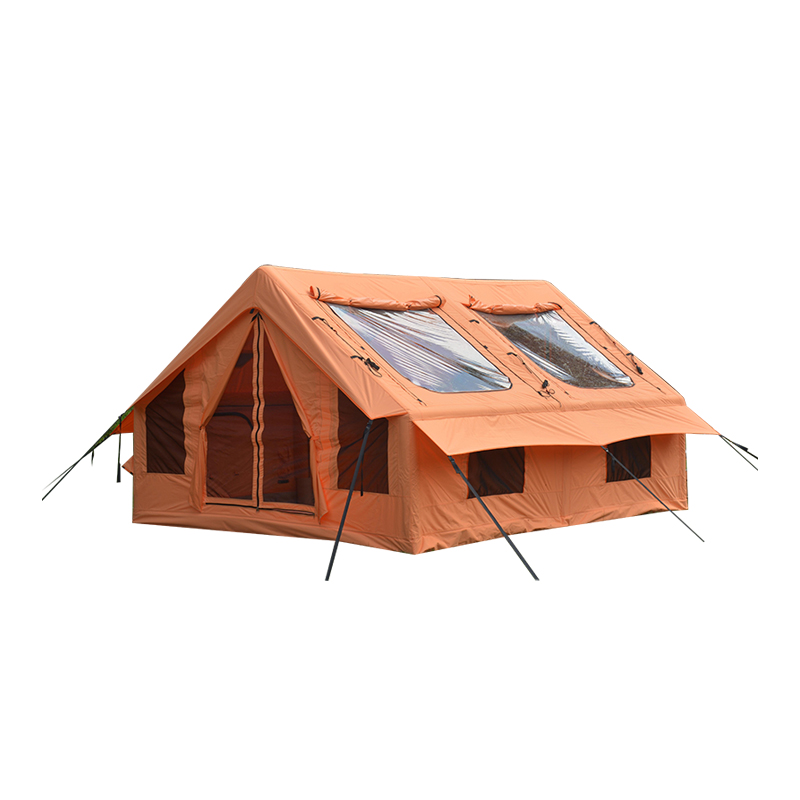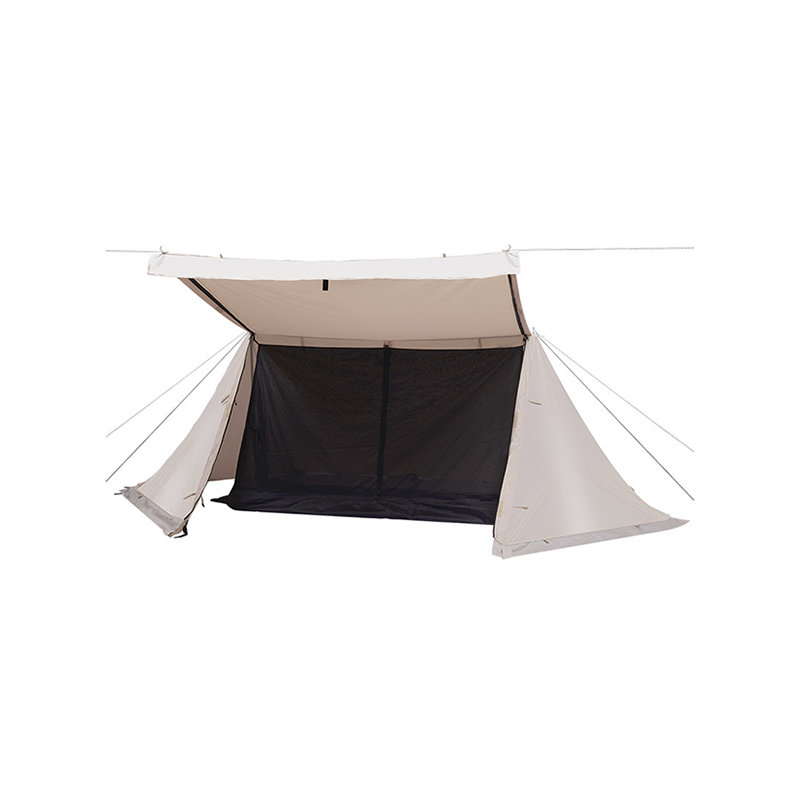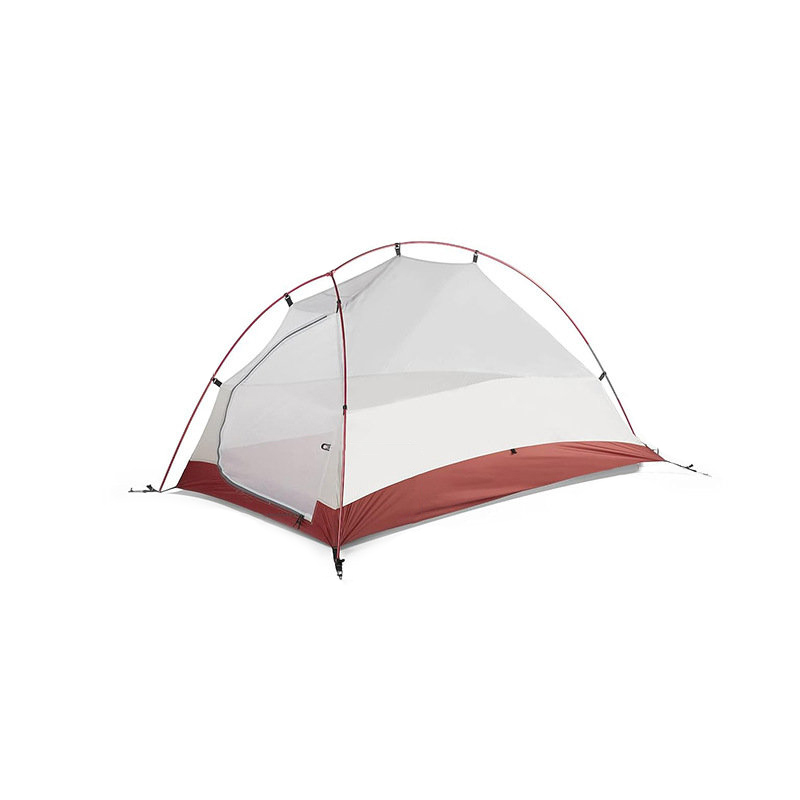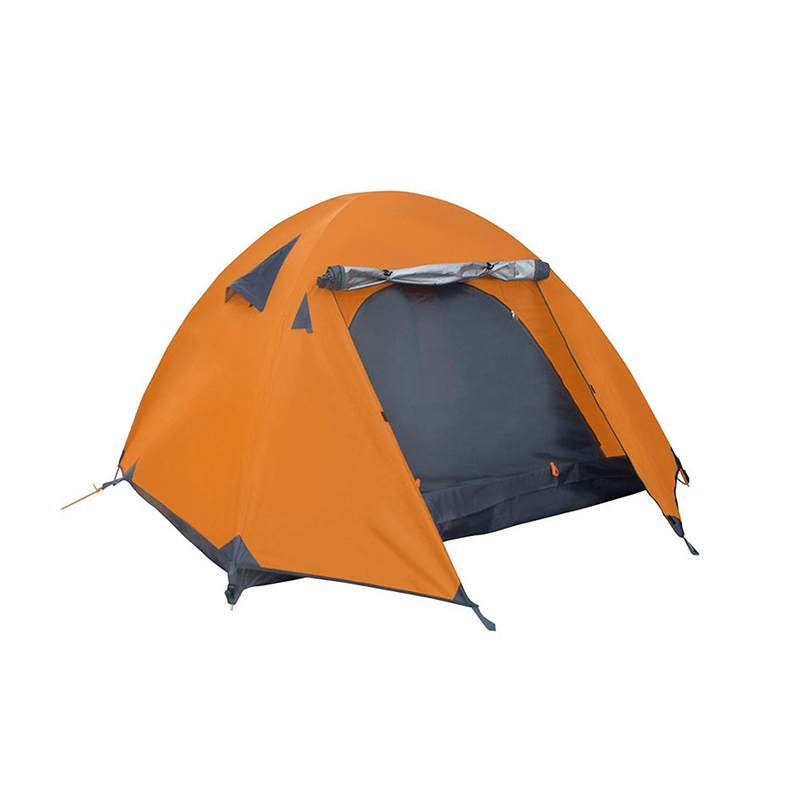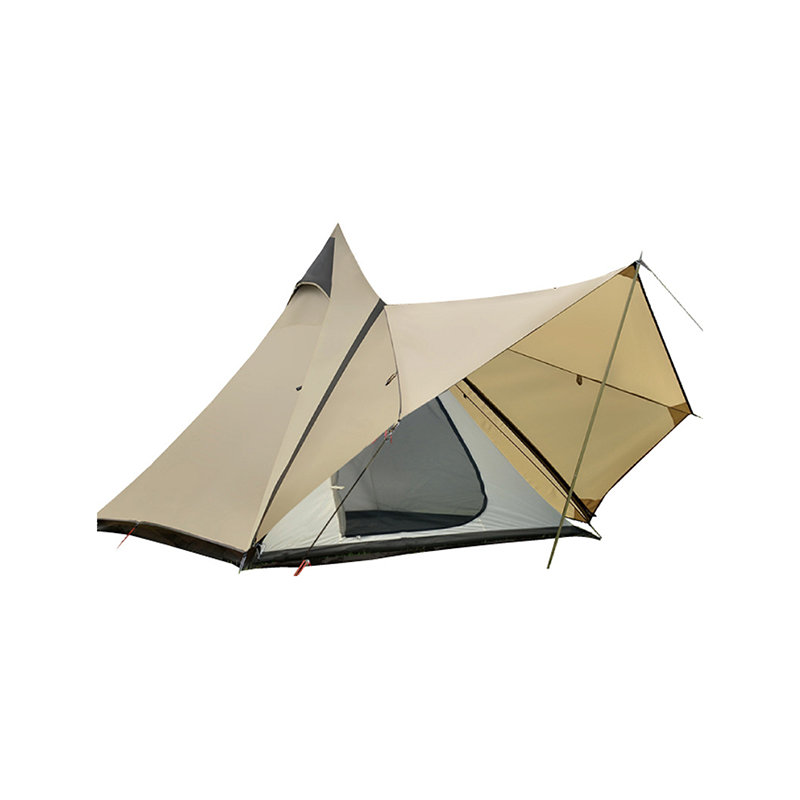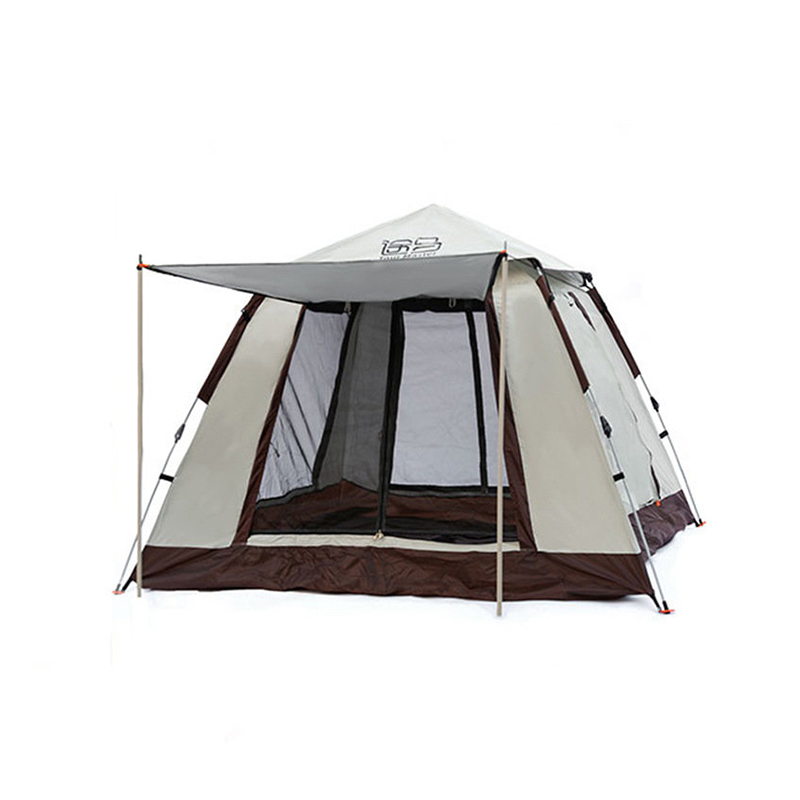Choosing the Right Location:
When setting up a camping tent in difficult environments, the first critical step is selecting an appropriate campsite. In areas prone to high winds, it is essential to avoid open spaces such as mountaintops or wide plains where the wind can hit directly without obstruction. Instead, seek natural windbreaks such as rock formations, thick vegetation, or forest edges, which help mitigate the intensity of the wind. These features act as barriers that divert the wind and offer significant protection to the tent. For uneven terrain, the choice of location becomes even more vital. Prioritize finding relatively level ground that minimizes the slope, which helps with both comfort and stability. Avoid low-lying areas that may be subject to flooding in case of rain. A higher vantage point not only reduces water accumulation but also helps avoid the risk of the tent being submerged during sudden downpours. A careful evaluation of the site for smooth, dry ground free from sharp rocks, tree roots, or branches is essential to protect the tent floor from punctures or damage. Ensure that the chosen spot is far enough from cliffs or large, unstable trees that could pose a risk in adverse weather.
Securing Tent Stakes Properly:
In high-wind conditions, it is crucial to ensure that the tent is properly anchored to prevent it from being lifted or displaced. Use specialized stakes suited for the ground conditions—heavy-duty steel stakes for rocky or hard-packed soil, and long, thin stakes or sand stakes for loose or sandy terrain. If the ground is particularly soft, use sand screws or snow stakes to ensure a more secure hold. The stakes should be driven into the ground at a 45-degree angle, pointing away from the tent, to create maximum resistance against wind forces. Once the stakes are in place, attach the tent's guy lines to the stakes, and ensure they are tight enough to keep the tent from flapping in the wind. For areas with uneven ground, consider using multiple stakes on each side of the tent for added security. Always make sure the tent is taut to minimize any slack in the fabric, as loose tent fabric can act like a sail in the wind, increasing the likelihood of wind damage. Adding extra guylines, especially in high-wind conditions, further secures the tent and stabilizes it under pressure.
Using Windbreaks and Natural Shelter:
Creating an additional barrier to reduce wind exposure is a vital strategy when setting up in high-wind environments. Whenever possible, position the tent in a location that already offers natural windbreaks, such as sheltered areas behind large rocks, hills, or dense thickets. These barriers naturally block the wind, reducing its impact on the tent. In the absence of such natural features, campers can use tarps, ponchos, or additional gear to create an improvised windbreak. Secure these wind barriers upwind of the tent, ensuring that they redirect the wind away from the tent’s entrance. When using a tarp or other materials as a windbreak, it is important to stake them down firmly and ensure they are tight, as loose coverings can create turbulence and may even shift in strong gusts. This additional layer of protection can significantly reduce wind speed around the tent, leading to improved comfort and safety for the campers inside.
Anchoring the Tent in Rocky or Uneven Terrain:
Rocky or uneven terrain presents unique challenges when trying to secure a tent. In these conditions, traditional tent stakes often fail to penetrate the ground, requiring alternative anchoring methods. One common solution is to use heavy, large rocks, or even boulders, to weigh down the corners and guylines of the tent. When using rocks, place them strategically at the base of the tent to prevent movement, ensuring they are placed on both sides for even weight distribution. Another option is to attach guy lines to natural anchors such as trees or large boulders, which provide excellent stability in rocky areas where stakes cannot be driven in. Some tents are designed with built-in anchors or sandbags that can be filled with local materials (such as stones or dirt) to provide the necessary weight and stability in challenging environments.



 English
English 中文简体
中文简体